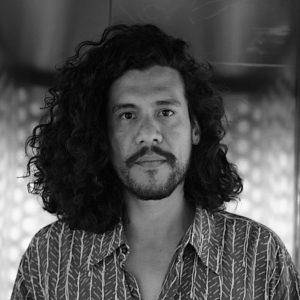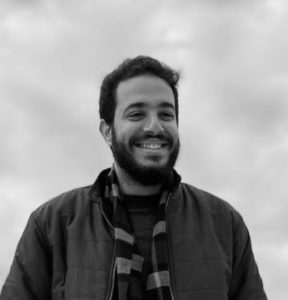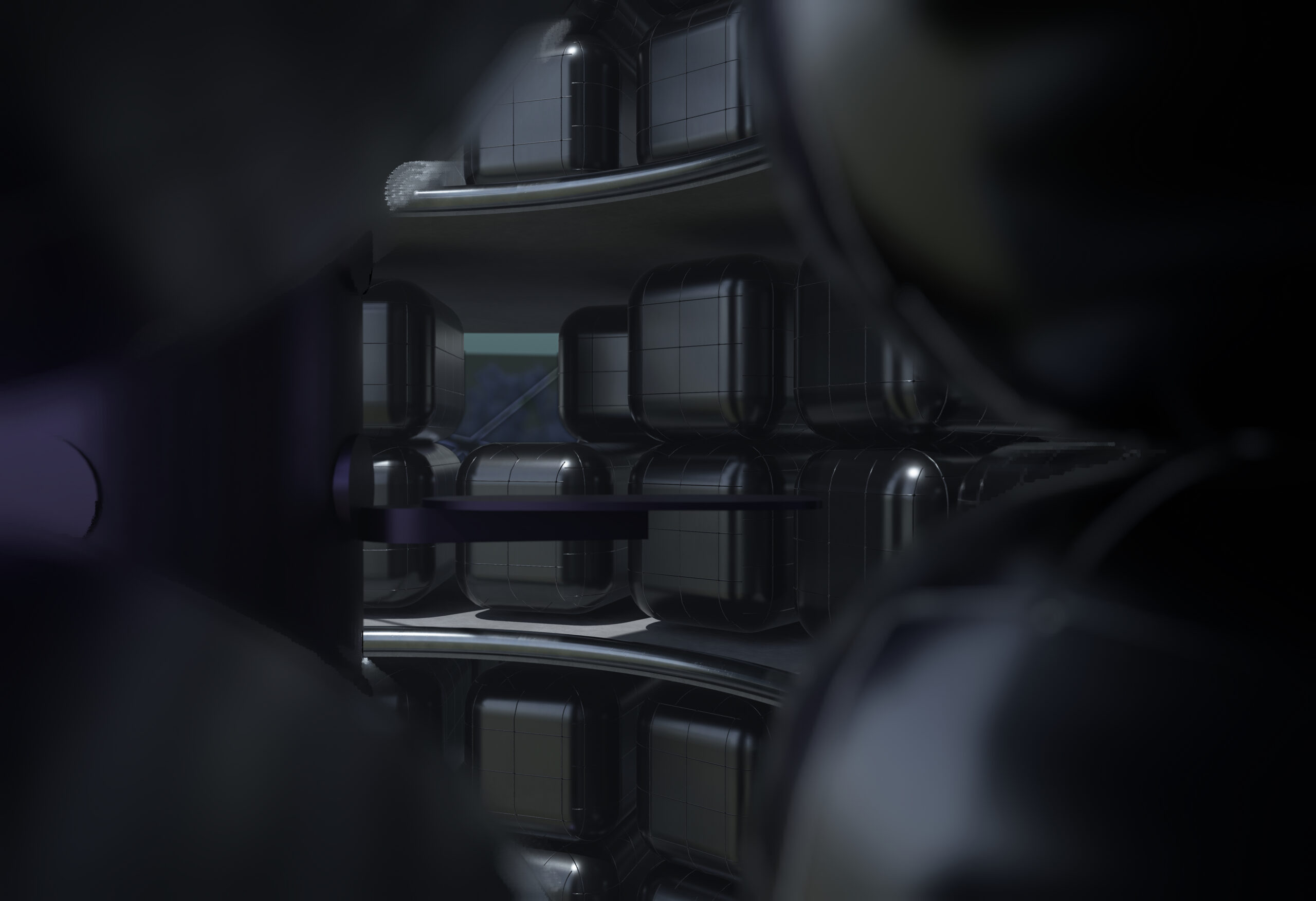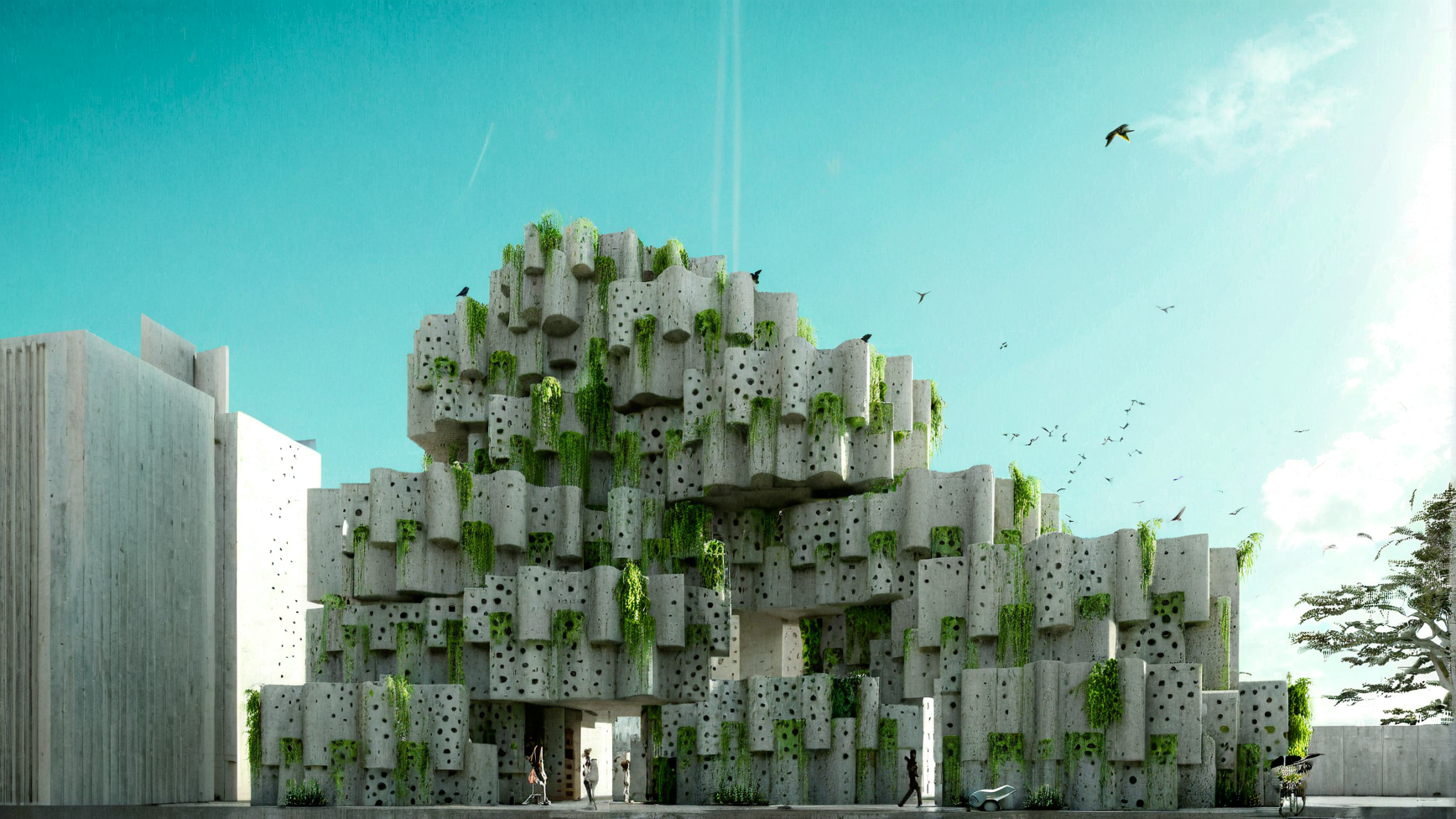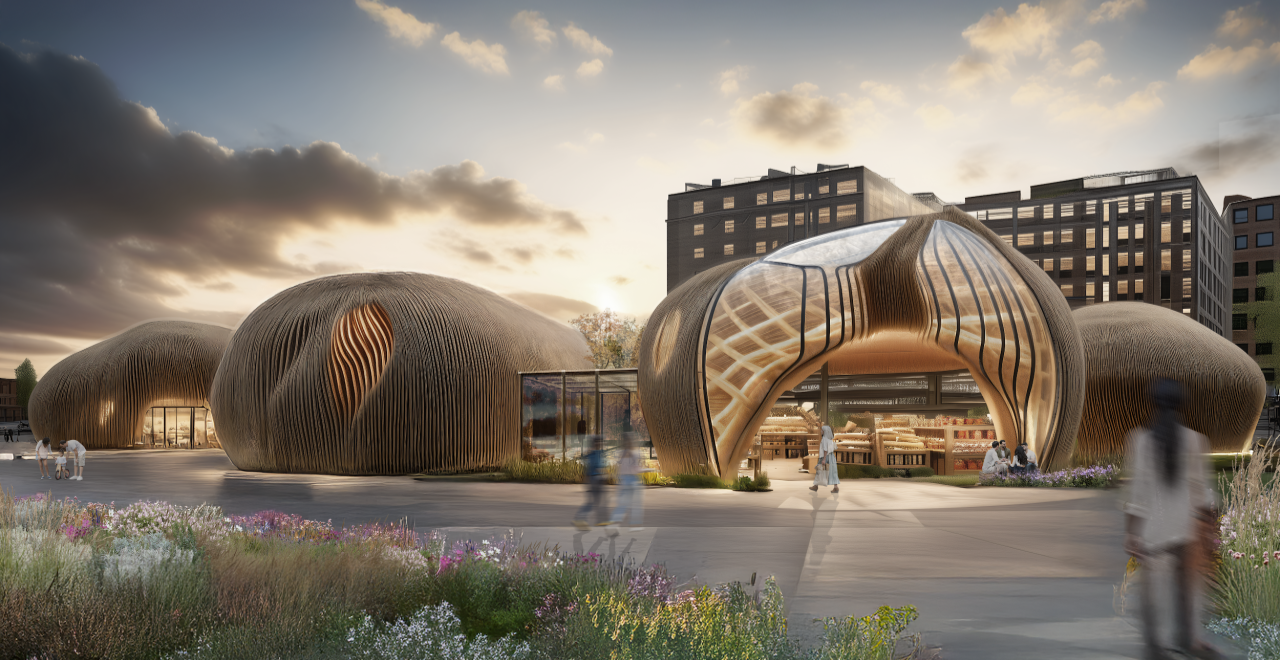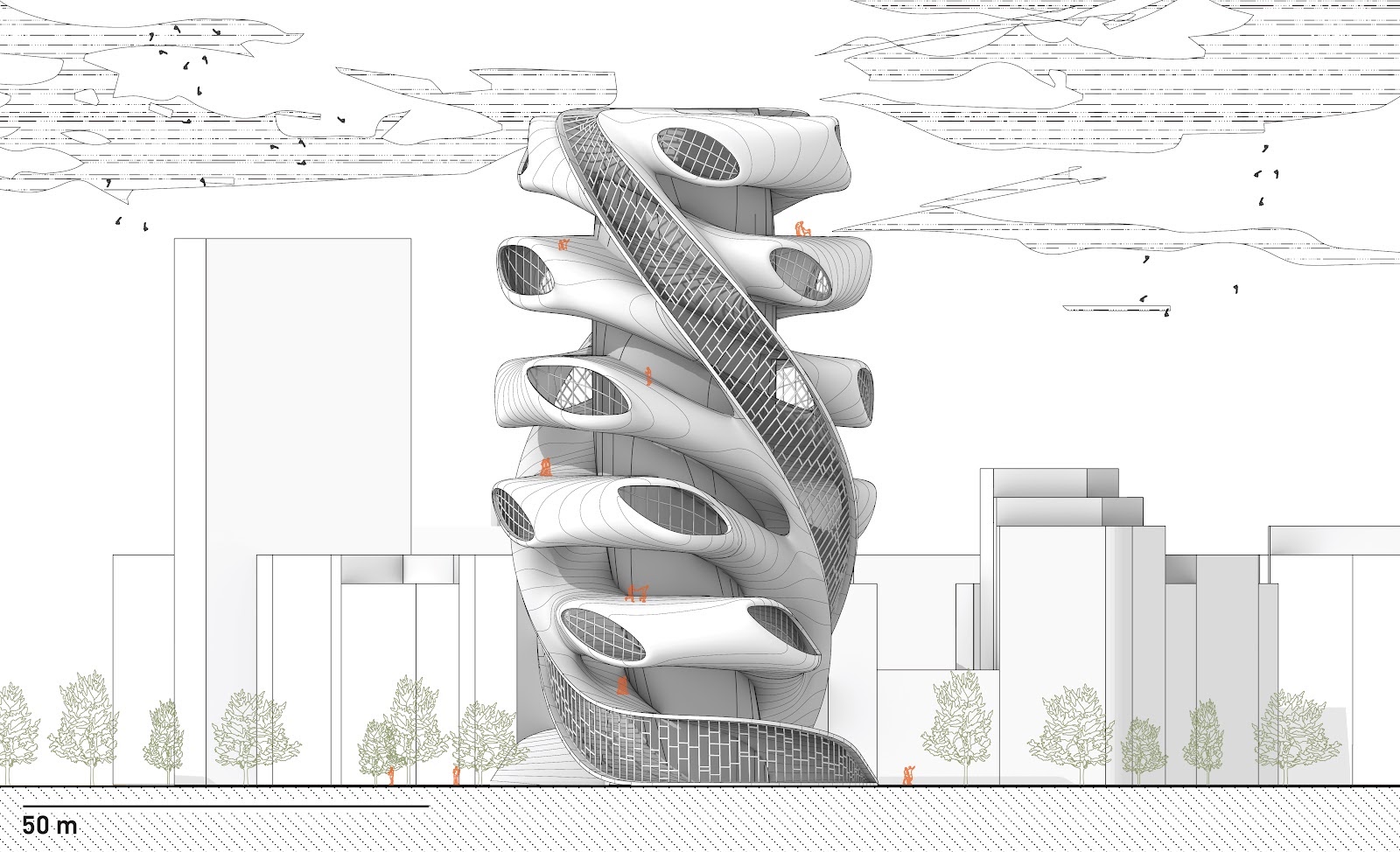
Credits: The living factory, Introductory Studio G2, IAAC 2021/22
“We must consider the building not as an object but as a collaborative system tightly linked to its natural environment; an ecological niche.” Neri Oxman
The Bio-Tech Morphologies design studio explores the future of architecture by forging new paradigms that merge computational design, environmental stewardship, and biobased materials to tackle pressing environmental challenges. Focused on redefining architecture as a living, adaptable system integrated within its ecosystem, the studio seeks to transform urban spaces into productive, multipurpose infrastructures. These structures will integrate programs that benefit the surrounding community, with a strong emphasis on sustainability and eco-friendly urban development.
A central research challenge of the studio is to reevaluate the relationship between users and spaces, transforming how people interact with their environments. By designing infrastructures that address critical urban issues such as water management and food production, the studio will generate solutions that not only serve their immediate context but also establish long-term ecological value. These interventions will rethink underused spaces by integrating water management and urban agriculture initiatives. The goal is to create architecture that acts as both a resource-conserving tool and a productive element within the city fabric.
At its core, Bio-Tech Morphologies refers to a design approach where biological principles and advanced computational technologies converge to generate adaptive architectural forms and performative systems. By exploring the symbiotic relationship between form and functionality, the studio will develop a design language applicable to various architectural projects. These morphologies reimagine architecture as evolving organisms capable of responding to environmental factors and emerging technologies. By integrating biotechnological strategies—such as biobased materials, natural systems, and computational simulations—the studio will produce structures deeply embedded in their ecosystem that optimise ecological performance and enhance sustainability.
The studio’s mission is to forge connections between the designer, sustainability, and biobased materials. The focus on computational tools allows students to generate data-driven forms that adapt to resource flows such as water, nutrients and energy. These adaptive systems enhance both functionality and sustainability, creating resilient infrastructures that serve as ecological hubs. Throughout the process, students will investigate biobased materials and biomimetic design principles to develop structures that are sustainable and self-sustaining.
To achieve these goals, the studio will employ a range of methodologies. Students will use parametric design and generative algorithms to explore form generation, allowing environmental factors to drive the design process. Advanced simulation tools will test and optimise the environmental performance of each project, ensuring designs conserve resources and minimise their ecological footprint. In parallel, students will experiment with biobased materials, drawing inspiration from natural systems to prototype architectural components that embody the principles of biomimicry.
The design output of the studio will be architectural proposals that integrate water management and food production systems into multipurpose urban infrastructures. Each project will propose community-focused solutions for underutilised spaces in Barcelona, incorporating water conservation systems alongside food production strategies. Final deliverables will include physical models, prototypes and environmental performance data, demonstrating how these Bio-Tech Morphologies can create resilient urban ecosystems.
In Bio-Tech Morphologies, architecture becomes a living system that coexists with its environment, providing essential services while fostering a harmonious relationship between the built and natural worlds. Through the integration of biotechnology, computational design, and sustainability, this studio aims to redefine urban architecture, creating spaces that are functional and ecologically attuned, while reshaping how users engage with their surroundings.
Learning Objectives
At course completion the student will:
- Create relationships of architecture and design to allied disciplines.
- Apply architecture and design within an emerging global context.
- Understand fundamental concepts of computational design.
- Design digital tools that apply to complex geometries and implement topological relations as a form-finding tool.
- Understand the link between design form and functionality through investigative processes.
- Be able to conduct investigations and present their findings coherently in verbal and graphic formats.


